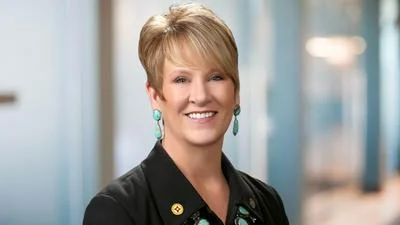On Aug. 15, Los Alamos National Laboratory announced that a new theoretical approach to quantum computing hardware avoids many of the complexities present in current quantum computers and could have transformative implications. According to a press release, the breakthrough is discussed in a paper titled "Topologically protected Grover’s oracle for the partition problem," recently published in the Physical Review A journal.
“Our finding eliminates many challenging requirements for quantum hardware,” said Nikolai Sinitsyn, theoretical physicist at Los Alamos National Laboratory and coauthor of the paper, according to the press release. “Natural systems, such as the electronic spins of defects in diamond, have precisely the type of interactions needed for our computation process.”
Per the press release, the new approach involves the use of an algorithm in natural quantum interactions which enables quicker processing of real-world problems compared to classical computers or traditional gate-based quantum computers. Sinitsyn said that the new method could be applied to solve many practical problems.
The research group's theoretical paper demonstrated the capability of their method to outpace current quantum computers in solving a number-partitioning problem through Grover's algorithm faster than currently existing quantum computers. Grover’s algorithm allows for unstructured searches of large data sets that typically sap conventional computing resources. According to Sinitsyn, the algorithm can be used to divide runtime for tasks between two computers equally, allowing them to finish at the same time.
“We noticed that for many famous computational problems it is sufficient to have a quantum system with elementary interactions, in which only a single quantum spin — realizable with two qubits — interacts with the rest of the computational qubits,” Sinitsyn said. “Then a single magnetic pulse that acts only on the central spin implements the most complex part of the quantum Grover’s algorithm.”
The team intends to cooperate with other Los Alamos experimental physicists to showcase their method through the use of ultracold atoms, according to the press release. Current ultracold atom technologies are able to perform computations at approximately 40 to 60 qubits, which is sufficient enough to address many problems currently beyond the scope of traditional or binary computation.









